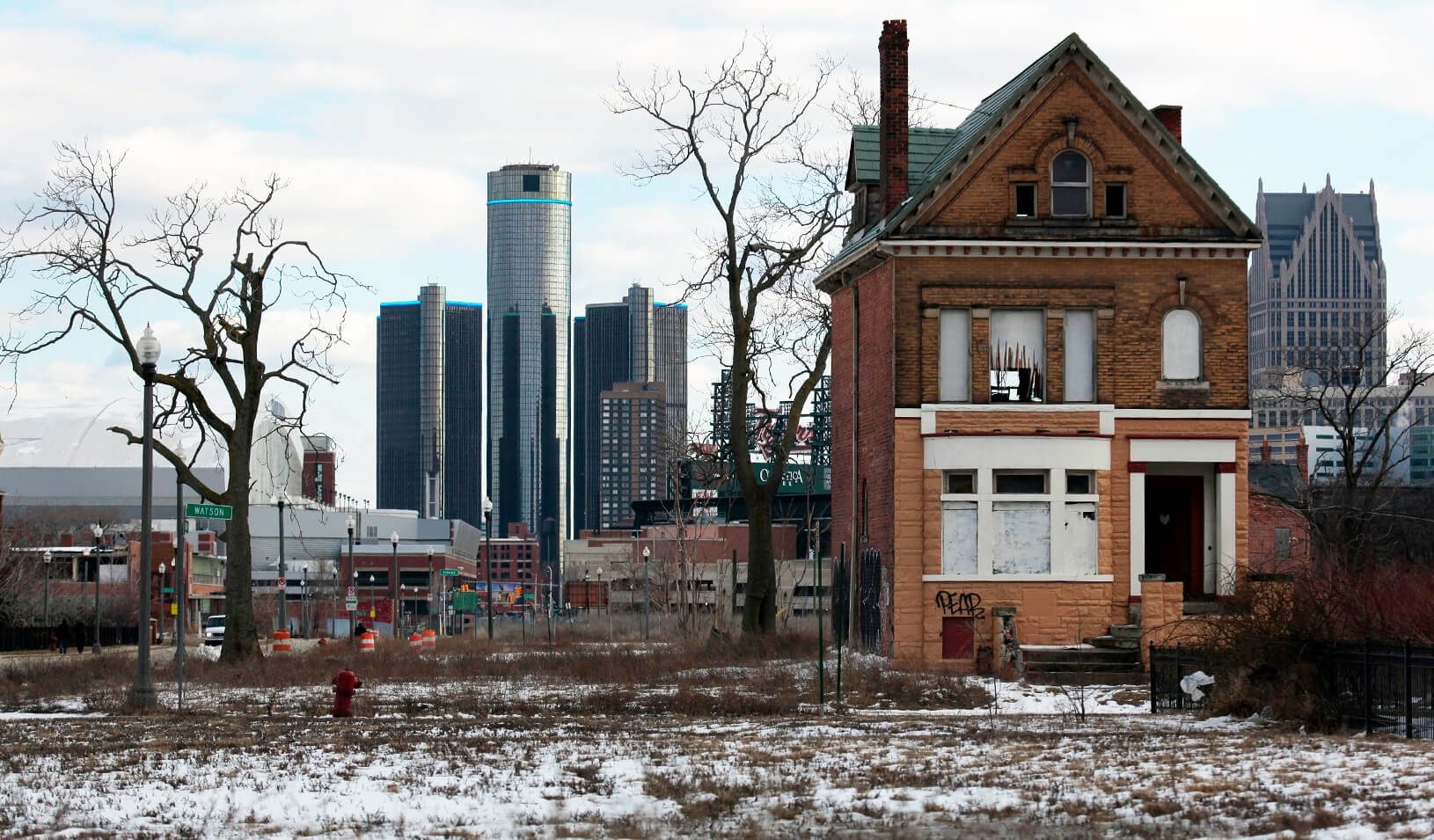ImpactAlpha, April 16 – Conversations around Opportunity Zones have matured from what to how as deadlines loom for claiming full tax benefits. The absence of detailed federal guidance has spurred the kind of bottom-up market-making championed by the late Jeremy Nowak.
The evolution of the Opportunity Zone opportunity will be driven by “market norms and policy and practice innovations that are invented in one city and then replicated or adapted in rapid fashion across multiple communities,” write Lori Bamberger and Bruce Katz in “Voices from the Field: How Financial Innovation Can Enable Inclusive Opportunity Zones.” Some takeaways from the catalog of emerging deals, capital structures, stakeholder roles and incentive mechanisms:
- Projects must pencil. There are three kinds of Opportunity Zone real estate projects, says Rachel Diller of Hunt UrbanView. Some would have earned sufficient returns without the OZ incentive. Others won’t work without additional subsidies like low-interest loans. And then there are those on the bubble, projects with sufficient returns thanks to the Opportunity Zones incentives. Reducing the capital gains tax burden can push certain projects over the line without the need for government or philanthropic subsidy, says Shekar Narasimhan of Beekman Advisors.
- Capital stacks. Tools exist to structure capital for affordable housing, civic centers, infrastructure, renewable energy, innovation districts, health care and educational institutions and other municipal projects. In the toolkit: reduced-cost public land, patient-capital loan funds, credit enhancements and guarantees, and city procurement. “These tools are well-honed,” says Jeanne Engel, a former deputy commissioner of the U.S. Federal Housing Administration.
- Typical investors. The early Opportunity Zone investor is likely to be “a capital gains-focused investor with both capital preservation and appreciation as motivating investment goals,” says Michael Novogradac of Novogradac & Co. For ‘slow and steady’ investors like multibillion-dollar family offices or impact investors, Opportunity Zone investments might mean new equity structures but not new investment targets.
- Open season. The absence of detailed federal regulations opens opportunities for integrated, interdisciplinary plans, says Graham Richard, former mayor of Fort Wayne, Ind. Think clean energy affordable multifamily housing, or mixed-use university health care and housing facilities. ‘Dead’ shopping malls can be converted into community solar- or wind- power plants and storage facilities. Cities should “create an interdisciplinary prospectus,” says Access Ventures’ Bryce Butler, and then “pull together capital from all different sources and see how they play together.”











